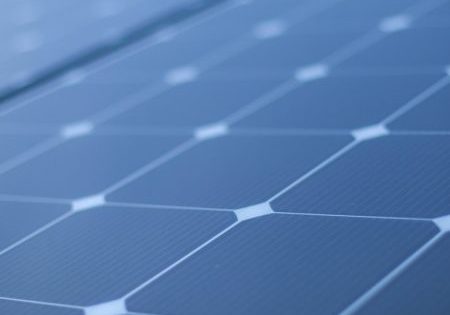In this Readers’ Platform, your author discusses sustainability in the elevator industry.
by Viswesh Vancheeshwar
Elevators are used millions of times each day by passengers globally, and are fast increasing in popularity and volume. Currently, roughly one million new elevators are installed per year and, with global urbanization rates expected to reach 70% by 2050, the impact of elevators cannot be ignored.
Sustainability has become a buzzword across most industries around the world. While some industries have welcomed it with open arms, others have been rather slow incorporating it. The elevator industry of the past can be regarded as an example of the latter. Although elevators have rapidly evolved technologically in the last decade, sustainability was not the key focus of this transformation. However, in the past few years, the vertical-transportation (VT) industry has begun to embrace the idea of sustainability. Key reasons behind this shift are:
- Increasing awareness of the environmental impact of buildings: Buildings consume approximately 40% of the world’s energy, and elevators account for up to 10% of this consumption. With building owners actively looking for ways to conserve energy, the time is ripe for the VT industry to change the narrative and shed its image of being an energy liability.
- Rising energy costs: The cost of energy is constantly rising, and this has made energy efficiency more important for building owners and facility managers. Making elevators more energy efficient can significantly help reduce operating costs and achieve green building and net zero energy-consumption building goals.
- Government regulations: Many governments have implemented regulations and incentives to encourage the use of energy-efficient technologies in buildings, including elevators. An increase in popularity of certifications like LEED (Leadership in Energy and Environmental Design) that encourage energy-efficient elevators have further fueled this trend.
- Technological advancement: Many advancements in elevator technology have occurred in recent years, including the development of regenerative drives, machine-room-less technology, speed controllers, destination dispatch, traffic control, ropeless multi-directional elevators and LED lighting, which have all made it easier to design and operate more sustainable elevators.
- A shift toward digital: There is an increasing focus on the use of digital technologies in elevators, especially in the post-pandemic world, to improve sustainability. For example, smart elevators that use algorithms to optimize their movements and reduce energy use will become more common.
The day is not far off when the sustainability performance of an elevator becomes a critical purchasing factor for customers.
The impact of sustainability in the elevator industry can be significant, both environmentally and economically. While the main driver in this sector is currently economic, sustainability, as a trend, is evolving beyond that. With the intention of contributing positively to the environment, modern elevators employ recycled materials, water-soluble coatings and other biodegradable materials. The use of on-site renewable energy generation or the use of grid-connected renewable energy sources to power elevators could increase. Supply chains are going local to reduce environmental impact and save money, improve lead times, increase resilience to disruption and provide a boost to the local economy. Some manufacturers are also encouraging a circular economy by considering the afterlife of elevators (i.e., their disposal and end-of-life) while designing. This includes:
- Recycling: Many of the materials used in elevators, such as metals, can be recycled. Recycling these materials can help reduce the environmental impact of elevators.
- Reusing: Some elevator components, such as motors and controls, can be reused in other elevators. This can help reduce both demand for new materials and waste.
- Proper disposal: Elevators often contain hazardous materials, such as batteries and fluids, that need to be properly disposed of to prevent environmental contamination.
From employing eco-friendly materials and measures in design up until the end-of-life, significant potential exists to embrace sustainability across the entire value chain of an elevator and create impact in every step along the way. The day is not far off when the sustainability performance of an elevator — including its components’ design and services, construction methods, day-to-day operations and end-of-life cycle — becomes a critical purchasing factor for customers.
As the demand for sustainable solutions grows, it is very likely we will see more innovative approaches to reducing the environmental impact of elevators. The need for sustainability is only going to accelerate with a stronger push for smart cities, thus presenting significant opportunities for the elevator industry to position itself as a driver of sustainability management and aid in truly elevating the bar for sustainability further.
Get more of Elevator World. Sign up for our free e-newsletter.










